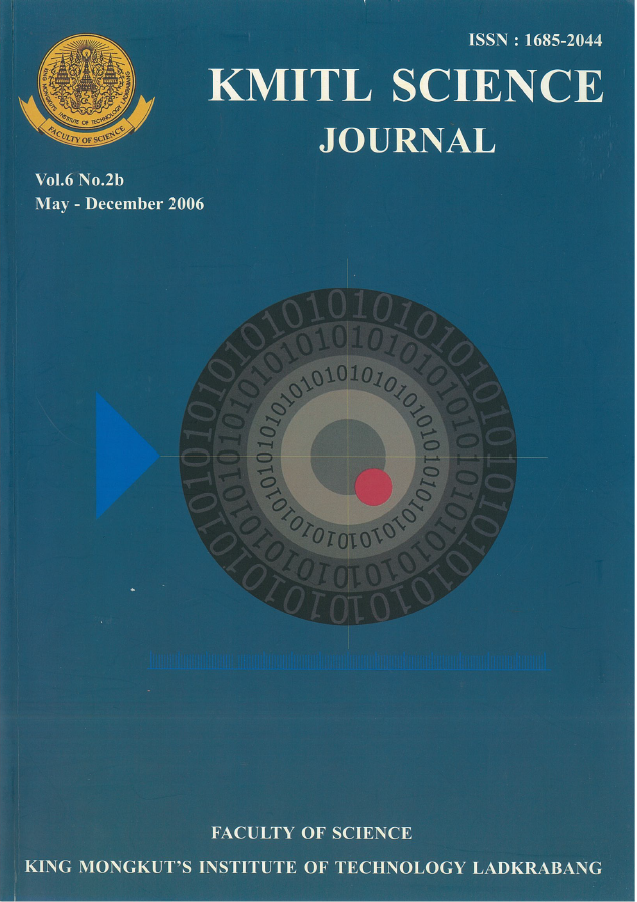Staphylococci are widely distributed in the nature. Although most of Staphylococcus spp. are saprophytes, but some are pathogenic to both human and animal species. Staphylococcus, especially S. aureus are the leading cause of nosocomial infections. These organisms frequently reveal a high natural, intrinsic resistance to antimicrobials. In this study, the prevalence of coagulase positive and coagulase negative staphylococcal contamination of milk products and antibiotic resistance patterns of isolated Staphylococcus spp. in Mashhad-Iran were investigated. For this purpose, 300 samples from different dairy products were purchased directly from the market. A total of 54 Staphylococcus spp. were isolated of which 18 strains (33.3%) were coagulase positive, and 36 strains (66.7%) were coagulase negative. The antimicrobial susceptibilities of these isolates were determined against 10 antibacterial agents using the disk diffusion method. Thirteen different antibiotic resistance patterns were observed. The highest level of antibiotic resistance was observed against penicillin (92.6%) and cephalexin, (66.6%). None of the isolates was resistant to norfloxacin and gentamycin. In conclusion, regarding high levels of staphylococcal contamination in different dairy products and remarkable levels of resistance against some antibacterial agents, these products may play a substantial role in prevalence of antibacterial resistance and related hygienic problems.
Keywords: Coagulase-positive; Coagulase-negative Staphylococci; antibiotic susceptibility; milk
Corresponding author: E-mail: mohsenzadeh@yahoo.com
Mohsenzadeh*, M. ., Jamshidi, A. ., & Safar-Shargh, H. . (2018). The Prevalence of Resistance to Antimicrobial Agents of Staphylococcus Species Isolates from Milk Products in Mashhad, Iran. CURRENT APPLIED SCIENCE AND TECHNOLOGY, 729-733.

https://cast.kmitl.ac.th/articles/150076